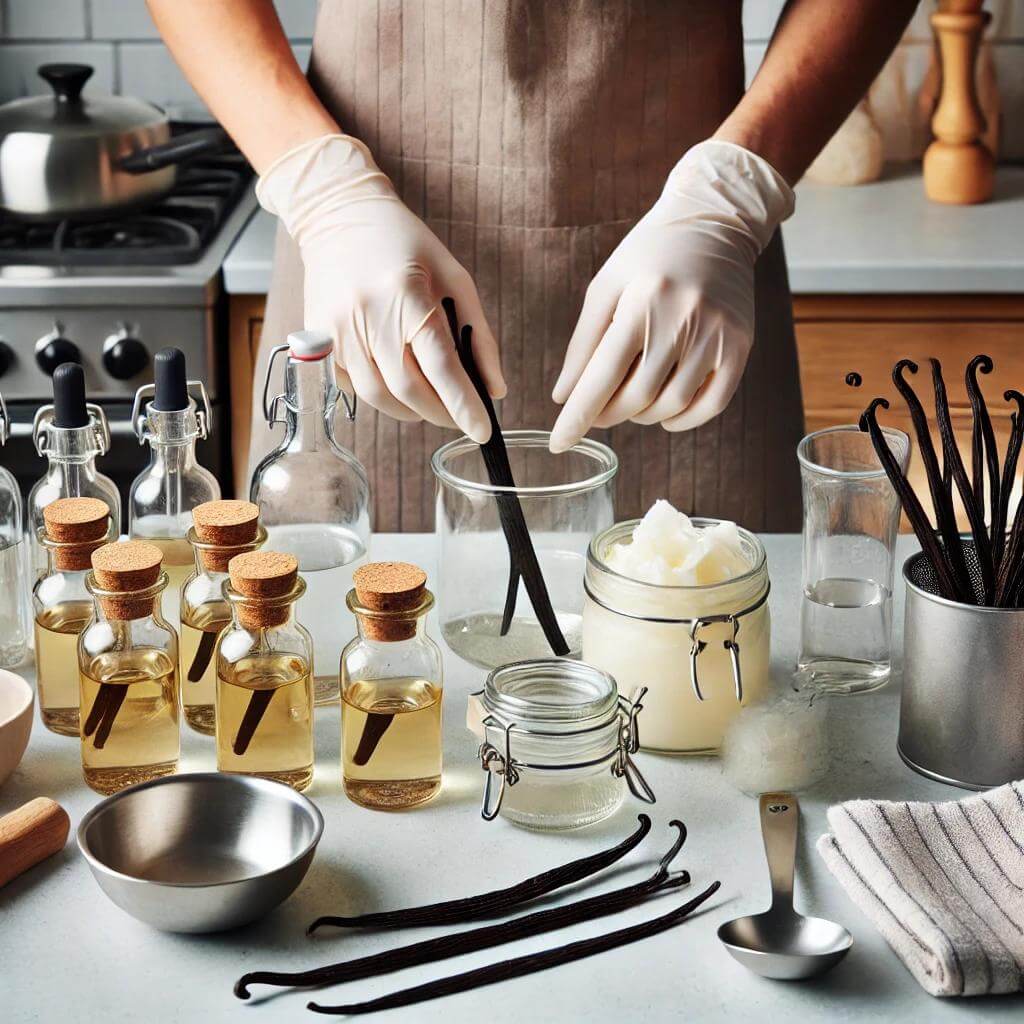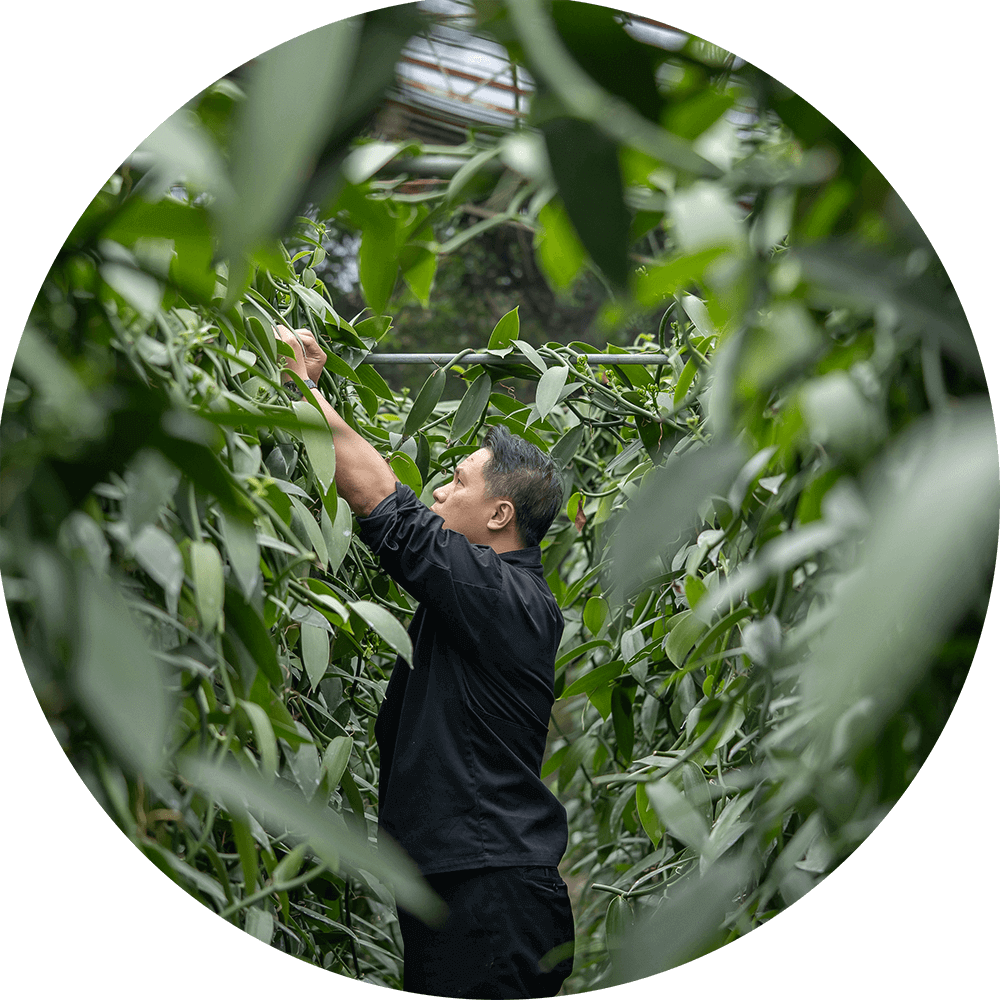Uses of Vanilla Extract
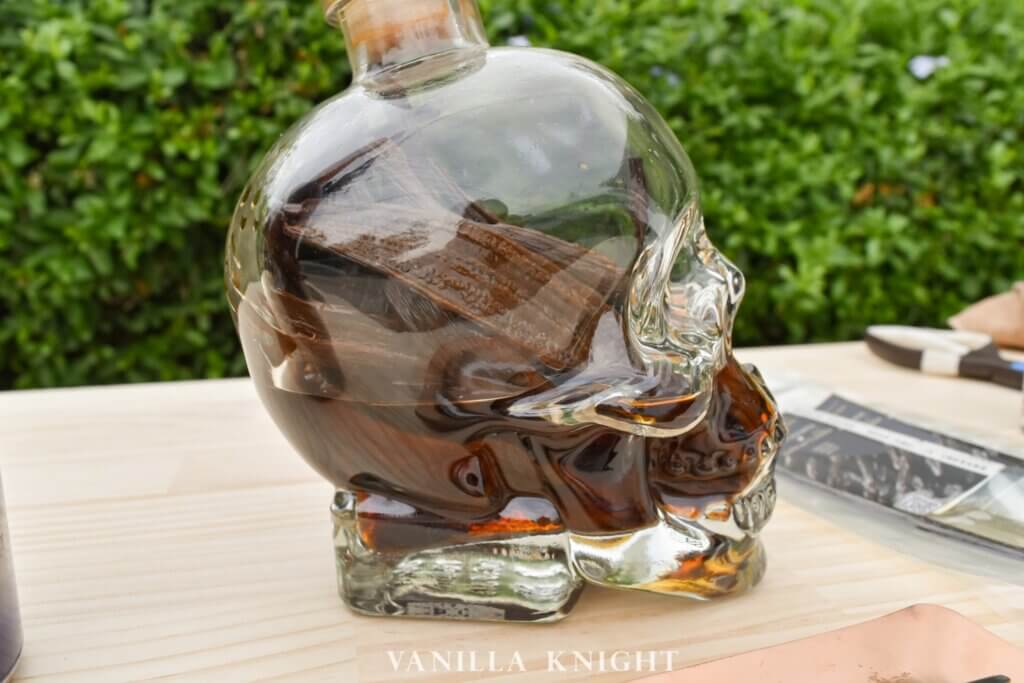
Vanilla extract is a widely used spice in baking and cooking, especially common in desserts, cookies, cakes, and other baked goods. Just a small amount of vanilla extract can add a lot of vanilla flavor. However, even this commonly used seasoning can develop mold if not stored properly, which in turn affects the quality of food. Next, let the "vanilla farmer" explain the reasons behind mold formation in vanilla extract and how to prevent this issue, ensuring that your vanilla extract remains in optimal condition!
▋Extra Feature:
[Uses for Vanilla Extract] Prepare 3 Ingredients to Make Homemade Vanilla Vodka Lime
Two Steps to Make Vanilla Extract (Vanilla Liqueur): A Comprehensive Guide to Storage and Use
Causes of Mold on Vanilla Extract
Many people believe that due to its alcohol content, vanilla extract should not easily develop mold. However, if the production and storage processes are not rigorous enough, vanilla extract can still be at risk of molding! Below are several major reasons that contribute to mold formation in vanilla extract:
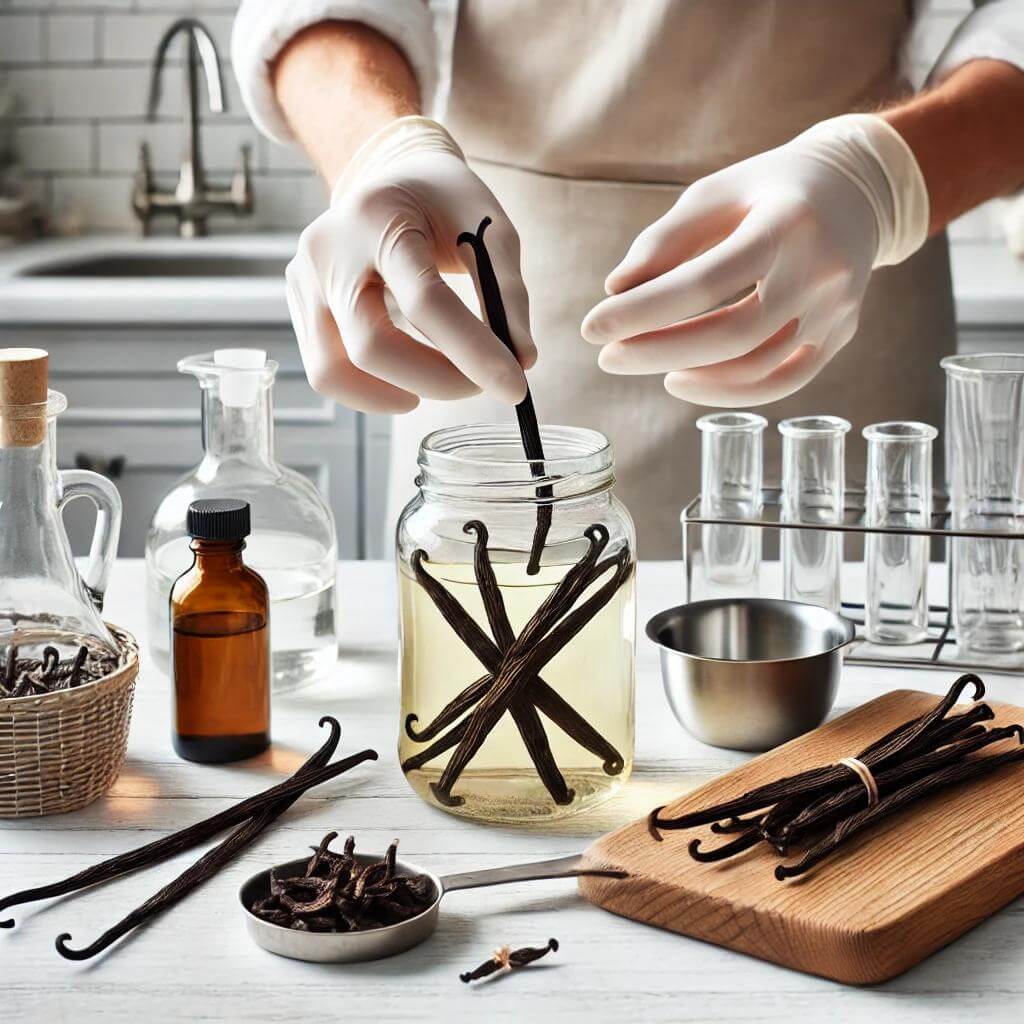
The Production Process of Vanilla Extract
During the production of vanilla extract, if the container is not thoroughly sanitized or if hands are not completely dry during the process, the extract may become contaminated with microorganisms, which can lead to mold formation. Moisture or bacteria present on the container can grow in the sealed environment, causing the extract to deteriorate.
Effects of Improper Storage
Many people habitually store vanilla extract in the refrigerator, believing that low temperatures will extend its shelf life. However, in reality, the temperature fluctuations and the moisture generated when the refrigerator door is opened can cause significant damage to the extract. Moisture in the refrigerated environment can easily enter the bottle through the cap, leading to mold growth inside the extract. Frequent opening of the refrigerator exacerbates the issue by exposing the bottle’s opening to excess moisture, thereby increasing the risk of mold.
How to Determine if Vanilla Extract Has Molded
To avoid using moldy vanilla extract, you should inspect its condition before use. Here are a few ways to determine if the extract has developed mold:
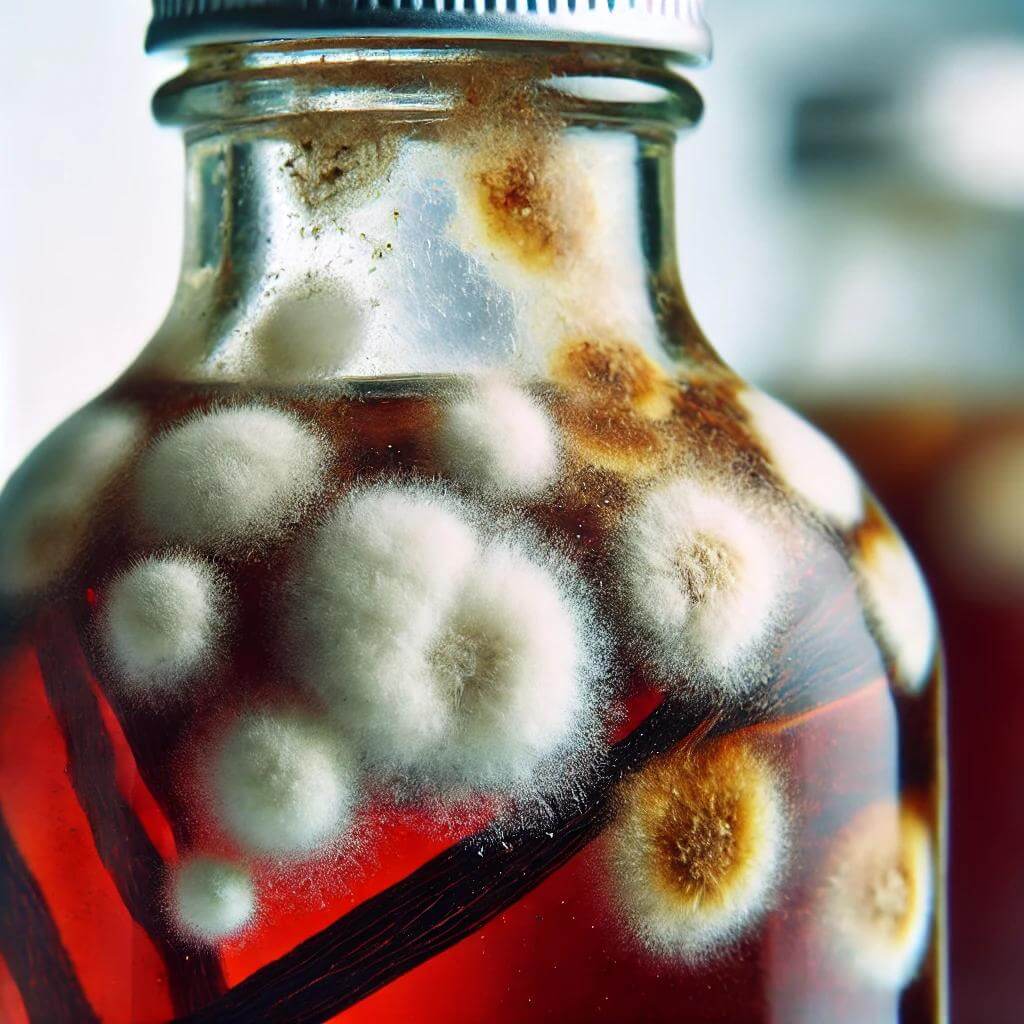
Appearance:
Check for any abnormal color changes in the bottle or for the presence of white or green floating particles, which may be signs of mold.
Odor:
Normal vanilla extract should emit a rich vanilla aroma. If it smells moldy, sour, or has any other unusual odor, it is likely moldy.
How to Properly Store Vanilla Extract?
The key to properly storing vanilla extract is to maintain a dry and stable environment. Natural vanilla extract is primarily composed of alcohol, which allows it to be stored at room temperature for many years; however, this does not mean that storage conditions can be completely ignored! Here are some effective tips for preserving your vanilla extract:
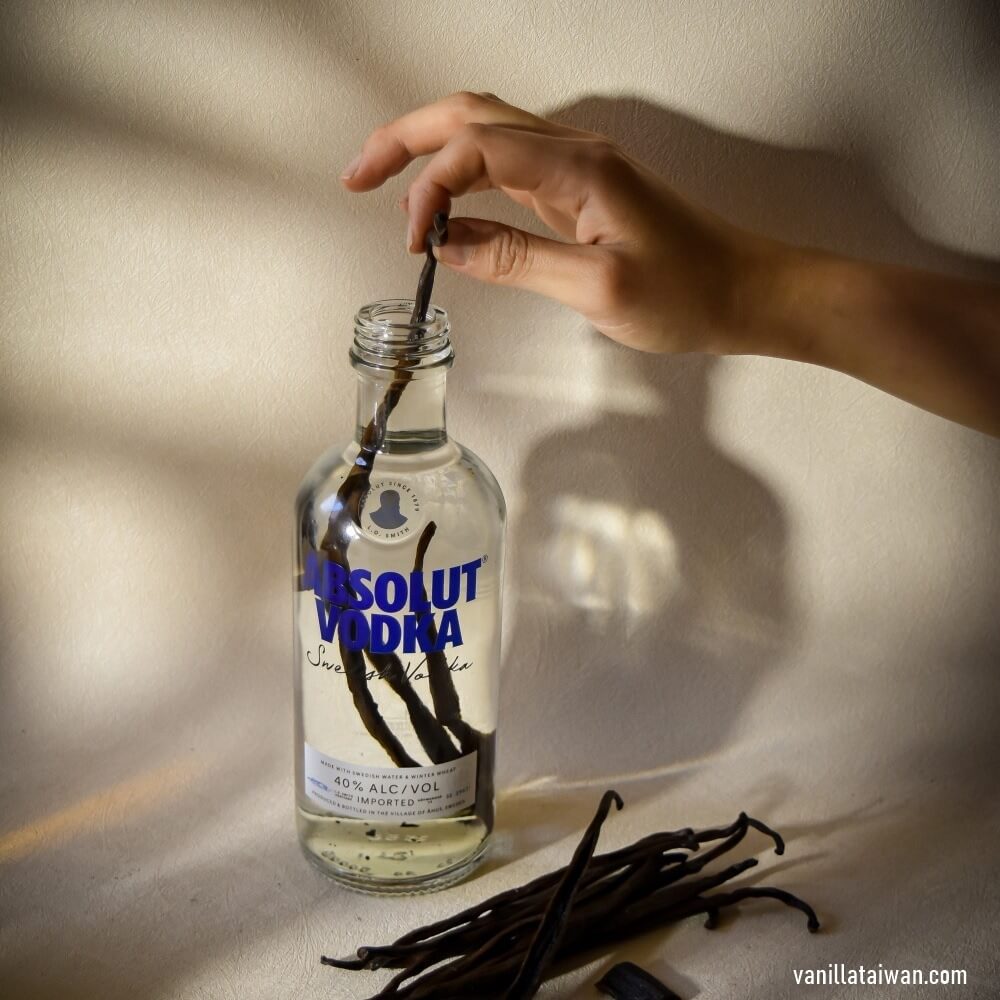
Room Temperature Storage
Vanilla extract is best stored in a cool, dry place, away from direct sunlight. Keeping it at room temperature is sufficient; there is no need to refrigerate vanilla extract, as temperature fluctuations and moisture in the refrigerator can increase the risk of mold.
Airtight Storage
It is crucial to ensure that the bottle cap is tightly closed to prevent air and moisture from entering. This is especially important if you plan to refrigerate the vanilla extract, as an improperly sealed cap can allow moisture to seep in, potentially causing the extract to deteriorate!
If you need to store the vanilla extract in the refrigerator, be sure to cover the bottle opening with plastic wrap before securely tightening the cap, or use a zipper bag or vacuum container to seal the entire bottle.
Avoid Extreme Temperature Fluctuations
Try to avoid storing vanilla extract near heat sources such as stoves, and avoid repeatedly moving it between cold and warm environments. Preventing extreme temperature fluctuations helps maintain the alcohol concentration and aroma of the extract.
What Should You Do if Your Vanilla Extract Gets Moldy?
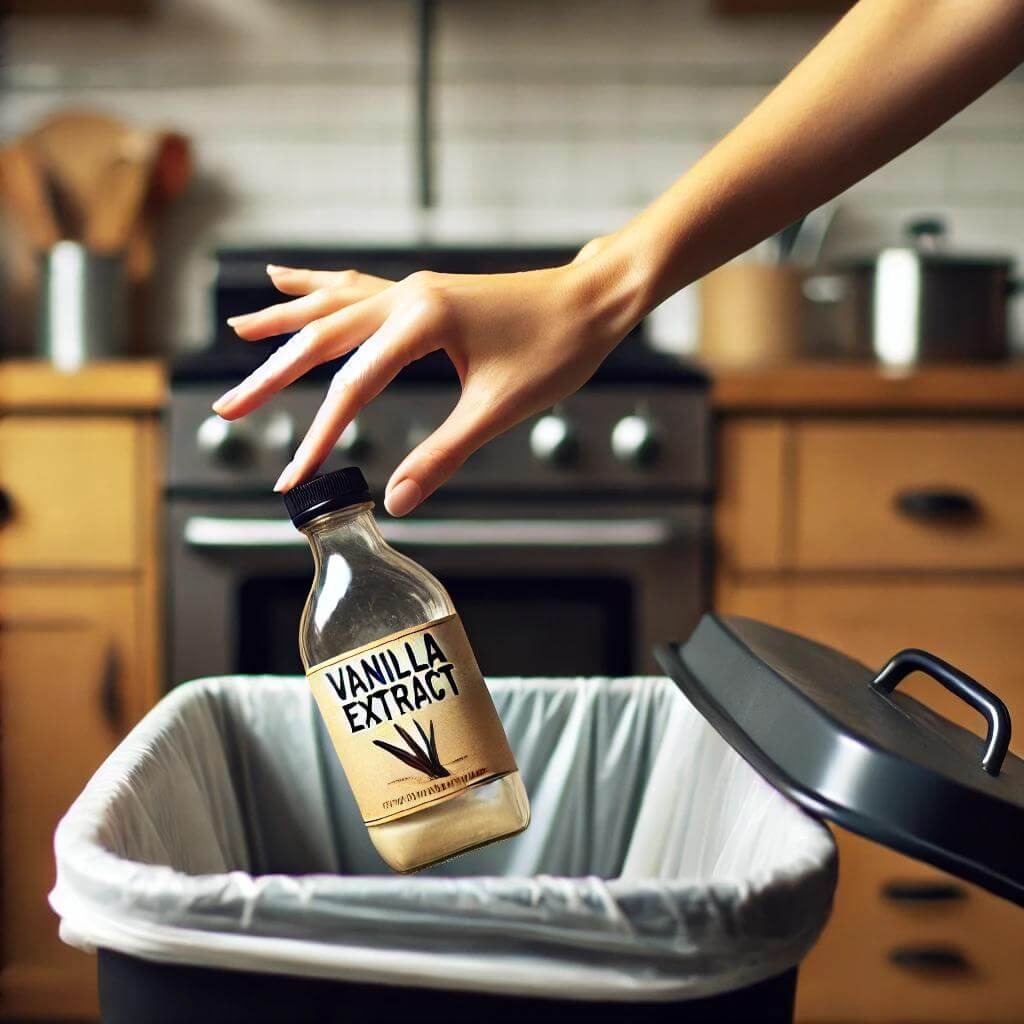
If you discover that your vanilla extract has developed mold, the only course of action is to discard it immediately. Moldy vanilla extract is deteriorated and may contain harmful mold, posing a health risk if used. Whether it presents as significant white, slimy floating particles, foamy mold, or even slight sediment or off odors, you should handle it with extreme caution!
In the case of mold, you must immediately throw away the entire bottle of vanilla extract and avoid using it to ensure food safety.

